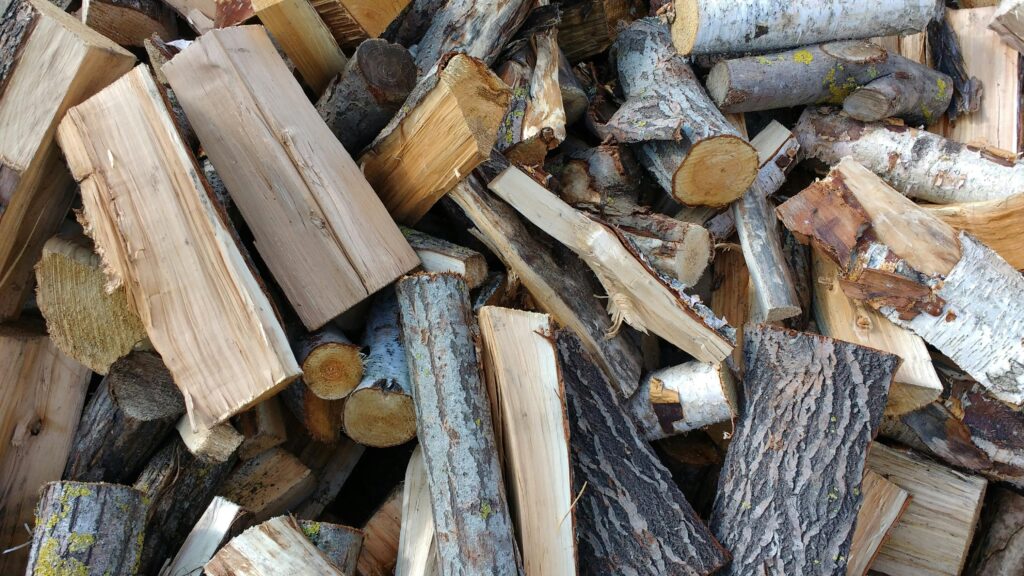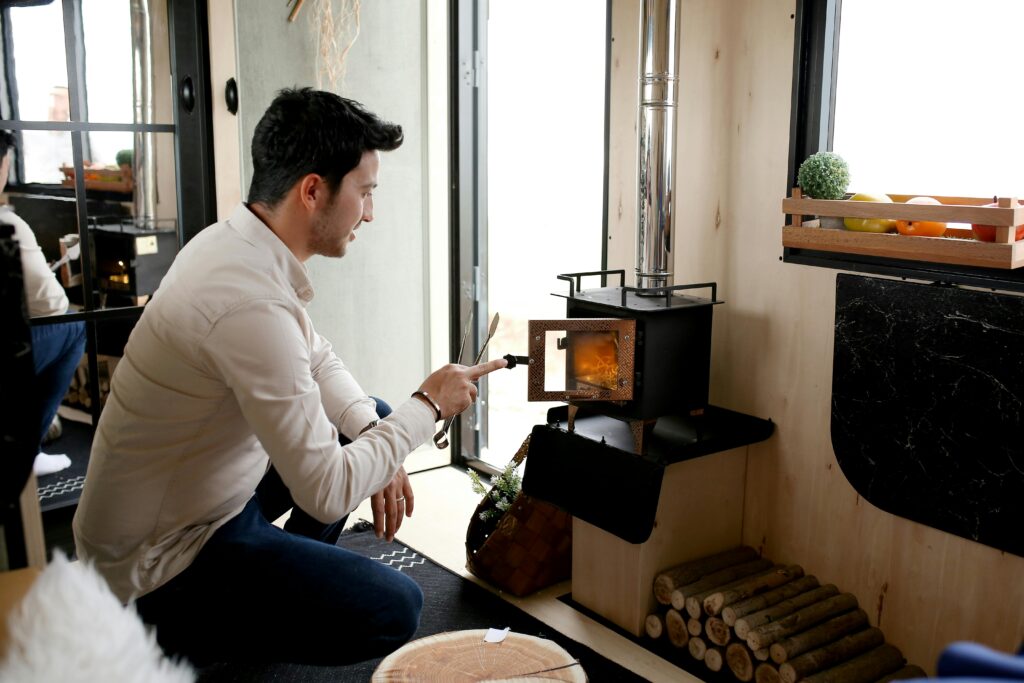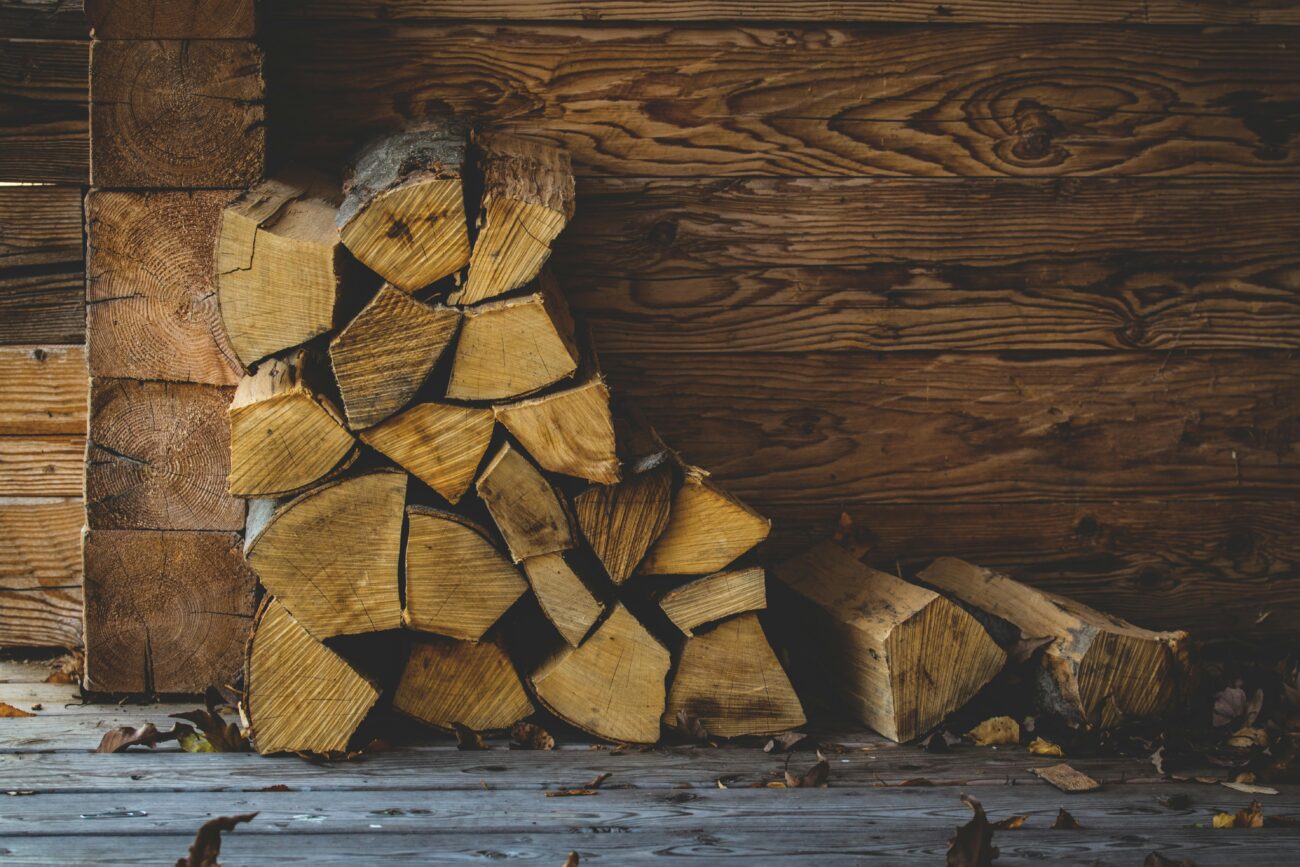Ever wonder why your neighbor’s wood stove burns hotter and longer while yours fizzles out in a couple of hours? I sure did—until I learned (the hard way) that not all firewood is created equal. In my first winter heating solely with a wood stove, I used whatever wood I could get my hands on—fresh-cut pine, a bit of damp maple, and even some mystery logs I found behind the shed. The result? Poor heat, creosote buildup, and a whole lot of frustration.
If you want real warmth, clean burning, and serious efficiency, choosing the best firewood for wood stove heating is critical. It’s not just about tossing logs on the fire—it’s about selecting the right type of wood, properly seasoned and stored, that delivers high BTUs, long burn times, and safe operation. After 15+ years of trial, error, and backbreaking splitting, I’ve learned what works—and what definitely doesn’t.
Let’s break down the best firewood for wood stoves, how to choose it, and what to avoid.
Why Choosing the Right Firewood Matters

Here’s the thing: your wood stove is only as good as the fuel you feed it. The best wood for wood stove heating burns hot, clean, and slow. Poor-quality or green wood smolders, clogs your chimney with creosote, and kills your stove’s efficiency. Don’t miss our detailed guide about How to Clean Wood Stove Chimney Yourself.
In my experience, using the best firewood for wood stove heating, especially well-seasoned hardwood that can save you 30–50% in wood volume over a season. Why? Because hardwoods like oak and hickory have a higher energy density—measured in BTUs (British Thermal Units). More BTUs = more heat and less loading.
And it’s not just about comfort. Choosing the best seasoned firewood for wood stove use also protects your stove and flue system. Wet or resinous woods can cause dangerous creosote buildup, which increases the risk of chimney fires. I’ve seen it happen to a neighbor—it’s not pretty.
Environmentally, better wood means fewer emissions and less smoke. That’s especially important if you’re in an area with air quality restrictions on wood burning.
Hardwood vs. Softwood: The Great Debate
Now here’s what most people don’t realize: not all hardwoods are automatically better, and not all softwoods are useless. But for long-term, efficient heating, hardwood wins almost every time.
Hardwoods like oak, ash, and maple are denser, offering more BTUs per cord. They burn slower and longer—ideal for overnight burns. For instance, oak can produce up to 26–30 million BTUs per cord. That’s serious heat.
Softwoods, on the other hand—think pine, spruce, or fir—burn fast and hot but don’t last. Their lower density means more frequent loading. Plus, they’re often loaded with sap and resin, which can cause creosote issues if not properly seasoned. In my early days, I made the mistake of burning green pine. My flue looked like a tar pit after just a month.
Still, softwood has its place—for kindling or shoulder-season fires where you don’t need long-lasting heat.
BTU Comparison (Per Cord):
- White Oak: ~29 million BTUs
- Sugar Maple: ~26 million BTUs
- Cherry: ~20 million BTUs
- White Pine: ~15 million BTUs
So when it comes to hardwood vs softwood for wood stoves, go hardwood whenever possible—especially for main winter heating.
Top 6 Best Firewood Types for Wood Stoves
After years of heating with wood, these six types stand out as the best firewood for wood stove use, hands down:
1. Oak (White and Red)
If I had to pick one wood to heat my home with for the rest of my life, it’d be oak. It’s the gold standard. White oak in particular burns hot and long—up to 8 hours in a well-insulated stove.
- BTU: 26–29 million
- Burn quality: Long, steady, coals beautifully
- Downside: Takes 1–2 years to season properly. And splitting green oak is back-breaking work (trust me on this one).
2. Ash
Ash is a dream to work with. It splits easily, seasons quickly, and even burns decently when not fully dry (though I don’t recommend it). It’s my go-to when I’m behind on firewood prep.
- BTU: ~24 million
- Burn quality: Clean, moderate heat, lights easily
- Bonus: Minimal sparking and smoke
3. Maple (Sugar and Red)
Maple is dependable. Sugar maple is denser and burns longer, while red maple is easier to find but slightly lower in BTUs, It delivers steady heat, making it one of the best firewood for wood stove choices for daily burning.
- BTU: 24–26 million
- Burn quality: Hot, steady flames
- Storage note: Must be kept dry—maple is prone to rot if left uncovered
4. Birch
Birch is a great shoulder-season wood. It lights quickly and gives off a good amount of heat—but it burns faster than oak or ash.
- BTU: ~20 million
- Burn quality: Bright flame, great for ambience
- Watch out: Birch bark burns fast and hot—use caution to avoid flue overheating
5. Cherry
Cherry wood for wood stove warmth is underrated. It smells amazing while burning and offers decent heat with minimal smoke.
- BTU: ~20 million
- Burn quality: Clean, aromatic, coals nicely
- Bonus: Makes your whole house smell like a cozy cabin
6. Hickory
Hickory is the king of BTUs. If you want maximum output, especially in bitter cold, this is it.
- BTU: 28–30 million
- Burn quality: Long, hot, top-tier coals
- Heads-up: It’s tough to split and heavy to handle—but well worth it
When it comes to the best burning wood for wood stove efficiency, these six hardwoods are hard to beat.
What to Avoid: Woods That Can Damage Your Stove

Let me be blunt: just because it burns doesn’t mean it belongs in your stove. Avoiding poor-quality wood is just as important as choosing the best firewood for wood stove performance and safety.
Avoid:
- Pine: Pine and cedar create fast, hot burns that leave behind creosote, a dangerous substance that the Chimney Safety Institute of America warns can lead to chimney fires.
- Cedar: Burns hot and fast—dangerous for stoves
- Green/Wet Wood: Any species with >20% moisture is inefficient and dangerous
Burning these can clog your chimney, damage your stove, and risk chimney fires. I’ve seen melted stove paint, warped baffles, and even cracked fireboxes from poor wood choices.
Seasoning and Moisture Content: The Game Changer
If there’s one thing that separates a good burn from a smoky mess, it’s moisture content. Even the best firewood for wood stove heating is worthless if it’s not properly seasoned. Properly storing the best firewood for wood stove ensures you get full heat output and avoid creosote buildup.
How to Season Firewood:
- Split it to size immediately
- Stack it off the ground, in single rows
- Cover the top (not the sides) to allow airflow
- Let it dry for 12–24 months depending on species
Invest in a moisture meter. Aim for wood with a moisture content below 20%, according to the USDA Forest Service. Trust me—it’s the difference between an efficient, warm fire and a smoldering smoke-fest.
I typically split oak and hickory in early fall to be ready two winters later. Maple, cherry, and ash dry faster—usually ready within 12 months.
Conclusion: Make Your Stove Work Smarter, Not Harder
Choosing the best firewood for wood stove heating isn’t just about heat—it’s about safety, savings, and satisfaction. Stick with dense hardwoods like oak, ash, and hickory, and make sure they’re properly seasoned. Avoid wet, resinous woods, and invest time in storage and moisture testing.
I’ve been heating with wood for over 15 years, and I can tell you this: when you burn the right wood, your stove works less and your home stays warmer. So go split smart, stack right, and let that fire roar!






Is dogwood useful for a woodstove insert in a fireplace?
Absolutely! dogwood is great firewood for a woodstove insert. It’s a very dense hardwood, so it burns hot and slow with a nice steady heat output. You’ll get long-lasting coals and very little smoke if it’s well-seasoned. The only downside is it can be tough to split, but once you’ve got it ready.